One of the largest Orthodox churches in the world is in Belgrade. The Cathedral of St. Sava is a monumental Serbian Orthodox church that should not be missed during a city tour.
During our stroll through the city, we were almost magically drawn to the Cathedral of St. Sava. It is located in the southern city centre on a hill (Vračar Plateau at a height of 134 m) and is thus very visible in the cityscape. It was built on the exact spot where it is said that Sinan Pasha had the remains of Saint Sava burnt there in 1595. In the myths of the people, a sacred and spiritual place was created there.
A dome emerges from an idea
The idea of building the Memorial Church of St. Sava was born on the occasion of the 300th anniversary (1895) of the burning of the bones of the first Serbian archbishop, teacher and saint Sava of Serbia.
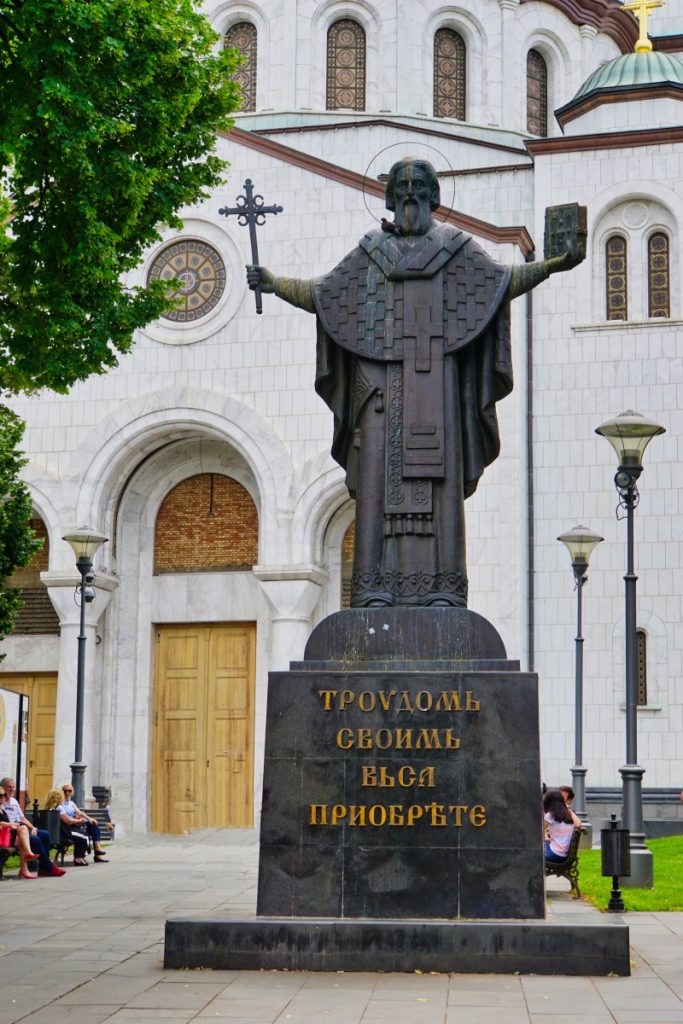
For the Serbian Orthodox Church, Saint Sava was a symbol of unity for the Serbs living in different countries and territories; his cult was intended to promote the unification of all Serbs. At first, a small memorial church was built.
In 1904, a competition was held for the construction of the future large memorial church. As so often happens, there was initially no design that met the requirements.
After that, the political situation put all activities on hold.
It was not until years later that another competition was announced, which contained very detailed ideas for the church building. The church leaders stipulated, for example, that the church was to be built in the style of historicism based on classical Byzantine models and in the “Serbian-Byzantine style”. Again, it turned out that none of the designs had adhered to the specifications. Most of the architects’ designs were based on the Hagia Sophia and its Byzantine style.
The next few years saw the most significant discussion on architecture in the history of Yugoslavia, but still no dome was built.
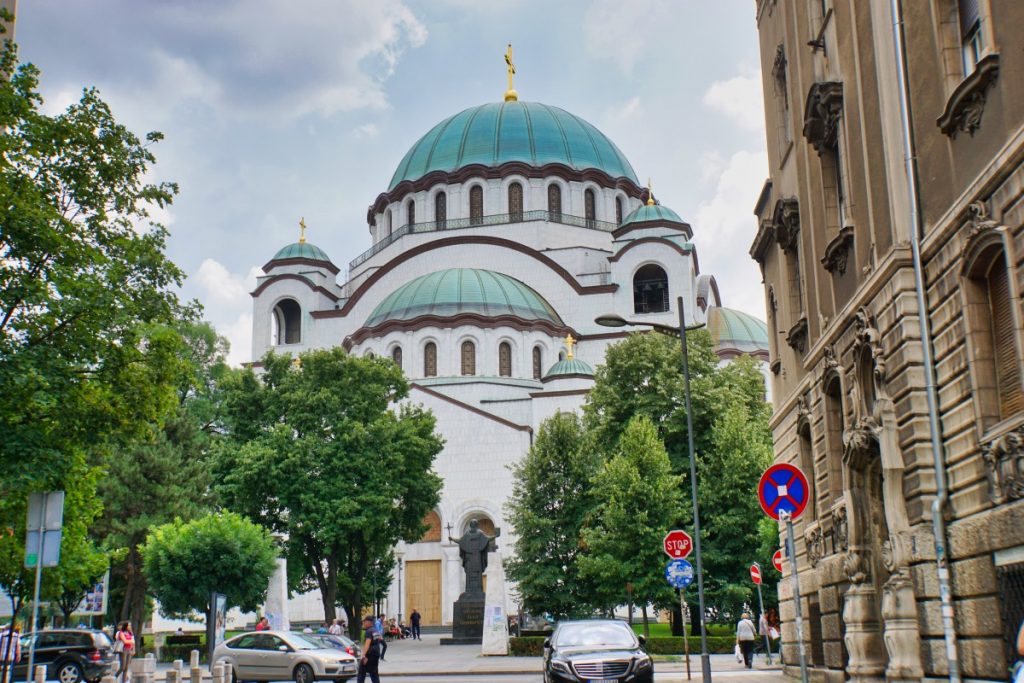
The official building permit was finally approved by the building authority in Belgrade on 4 July 1932. In 1935, construction began and the foundations for the foundation walls were laid. Four years later, the brick walls had been raised to 12 metres.
Construction stop at the Cathedral of St. Sava
In the spring of 1941, the war drew ever closer and the construction site was secured as best as possible. Then the work stopped, and that for several decades. One reason was certainly that many of the structural construction documents were lost or destroyed. The funds needed for the construction also disappeared.
After the war, there was initially no possibility of restarting the work. In addition to the lack of financial means, the new communist rulers were against the further construction of the cathedral. The politically induced construction stop lasted until 1984.
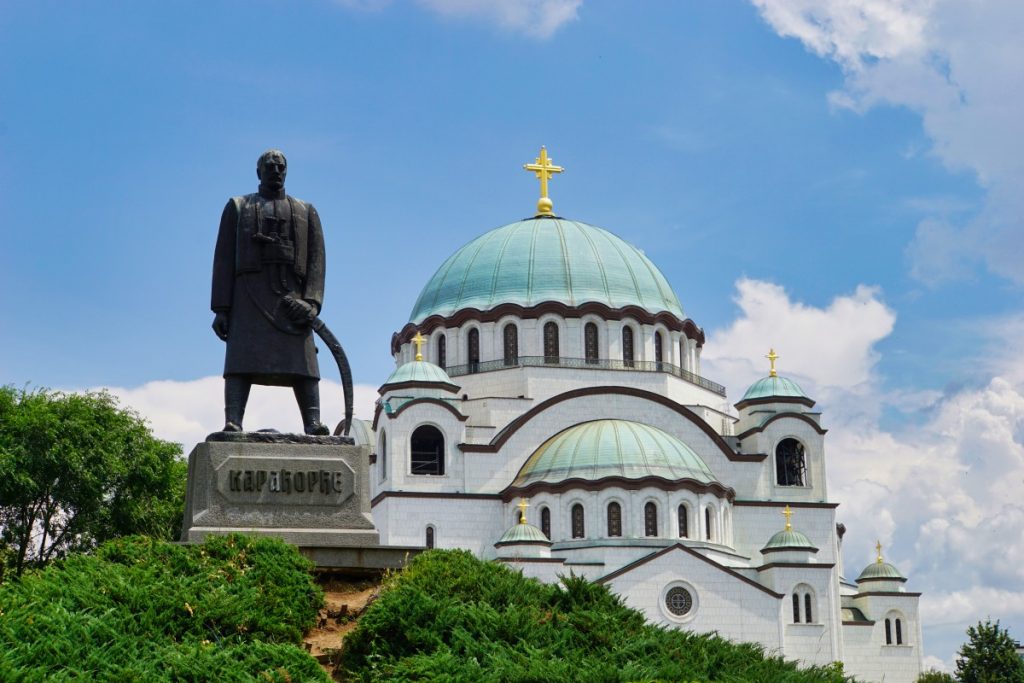
It finally continues
The communist government of Yugoslavia under the leadership of Dušan Čkrebić, the president of the Serbian state presidency, relaxed the existing ban on building in 1985. In mid-May, a church service could finally take place in the foundation walls of the church.
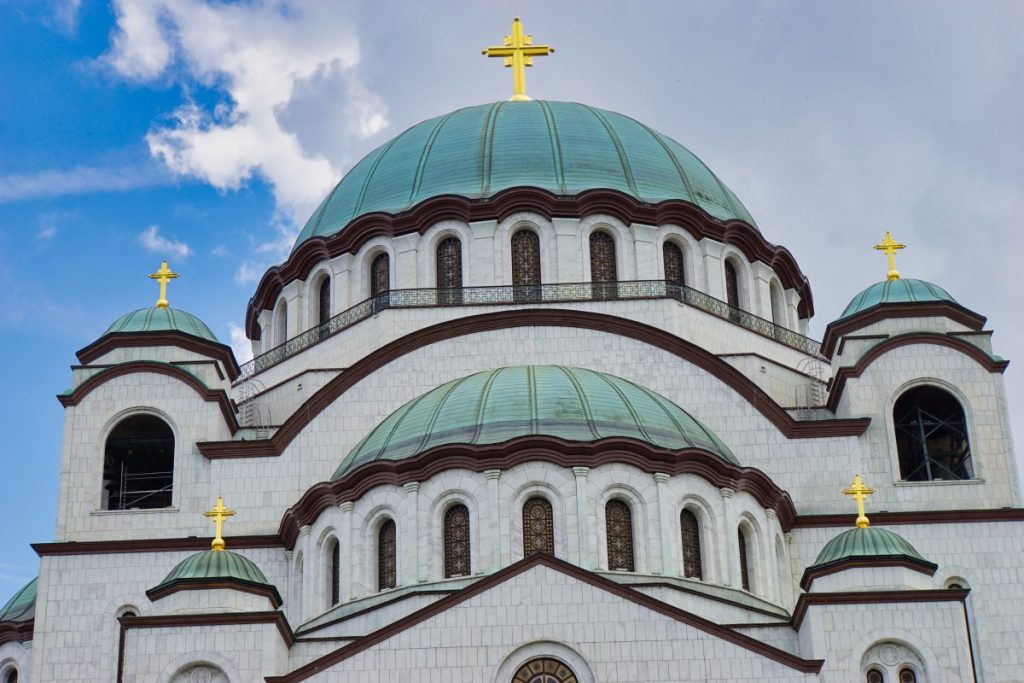
In 1989, the dome was placed in its intended position on the St. Sava Cathedral. It has a diameter of almost 35 metres from the outside. A cross 12 metres high and weighing 4 tonnes stands on the dome.
During the civil war, construction work was suspended again for over a decade from 1991 onwards. In April 2000, it was announced that the construction work would be resumed. In 2004, the exterior design was completed and the church was consecrated.
The design of the interior was very elaborate. An 1800 m2 crypt was created, the construction of which was completed in 2015. Afterwards, the stonemasonry work on consoles, capitals and rosettes began, as well as the production of the gold mosaics. Gazpromnjeft covered the costs of the mosaic design. However, the 4 million euros were only enough for the gold mosaic in the dome. For the completion of the chancel, another 11 million euros flowed from the state reserve.
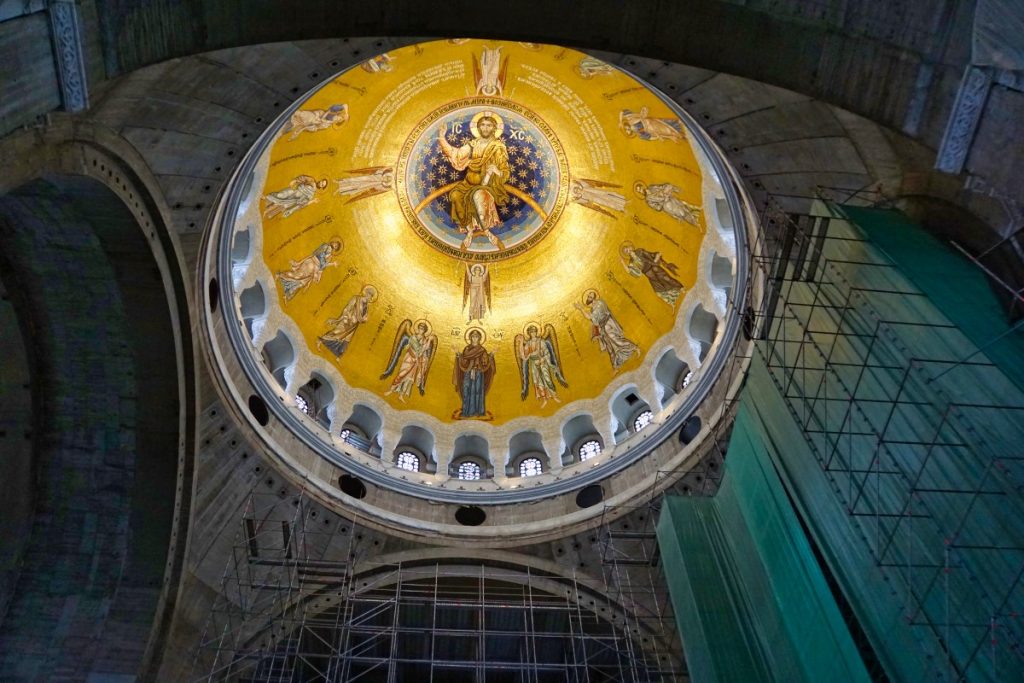
During our visit to the Cathedral of St. Sava, the construction work inside was not yet finished. Scaffolding was still in place everywhere and workers were climbing the narrow paths at dizzying heights. Nevertheless, one could already guess how beautiful this building was going to be one day. The ceiling mosaic was really impressive.
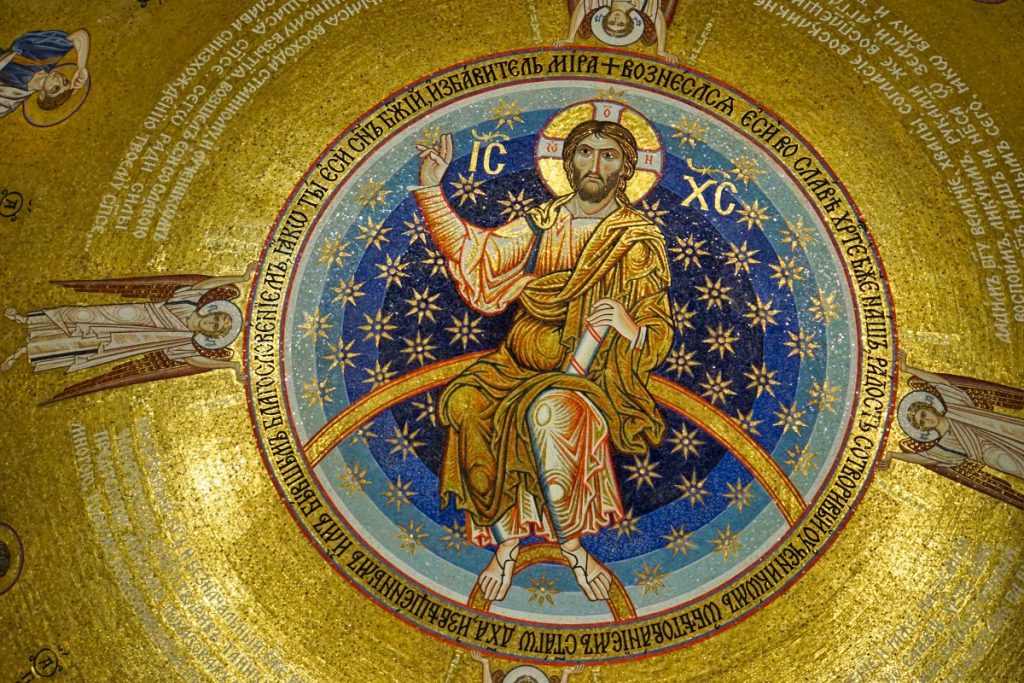
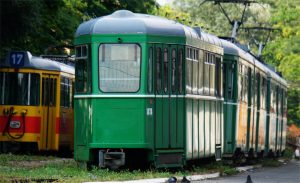

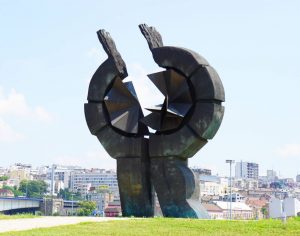

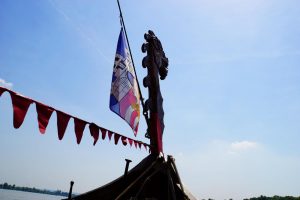

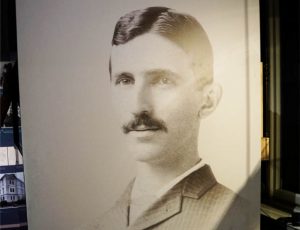
Leave a Reply